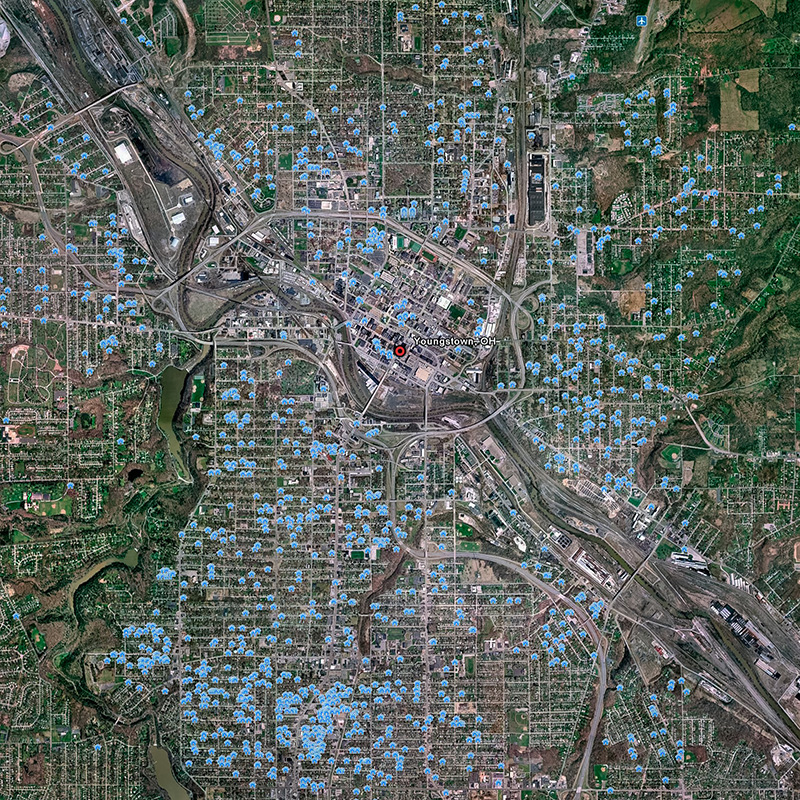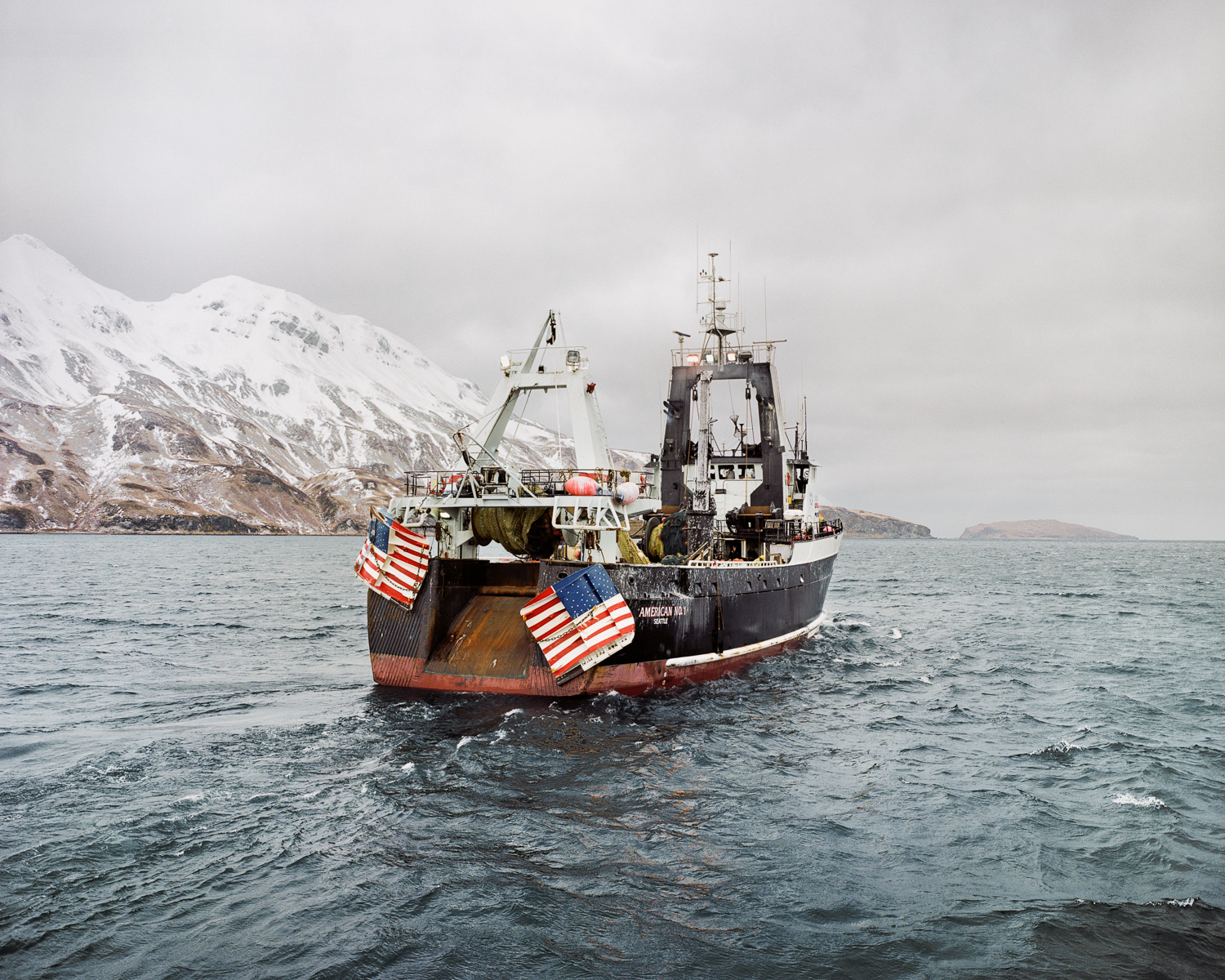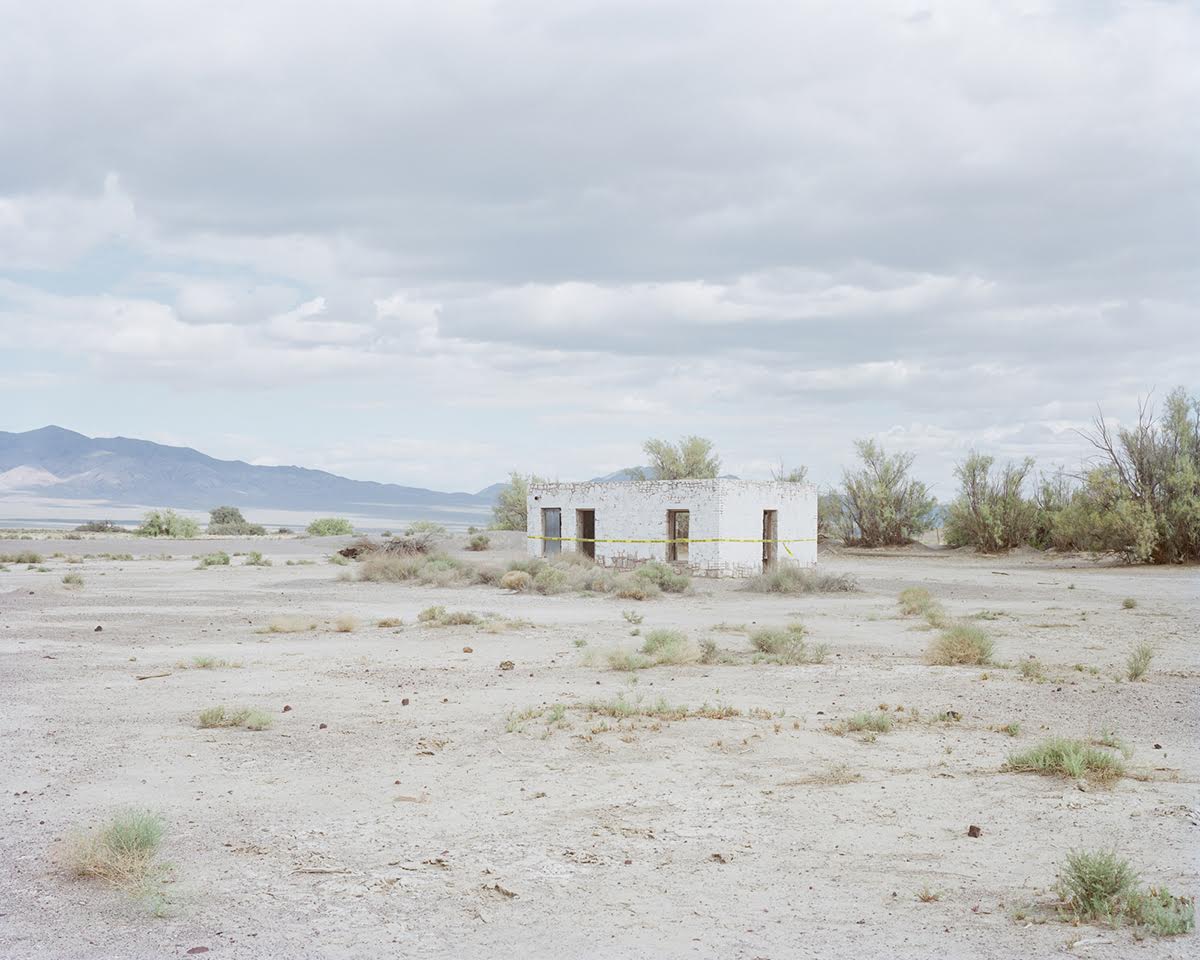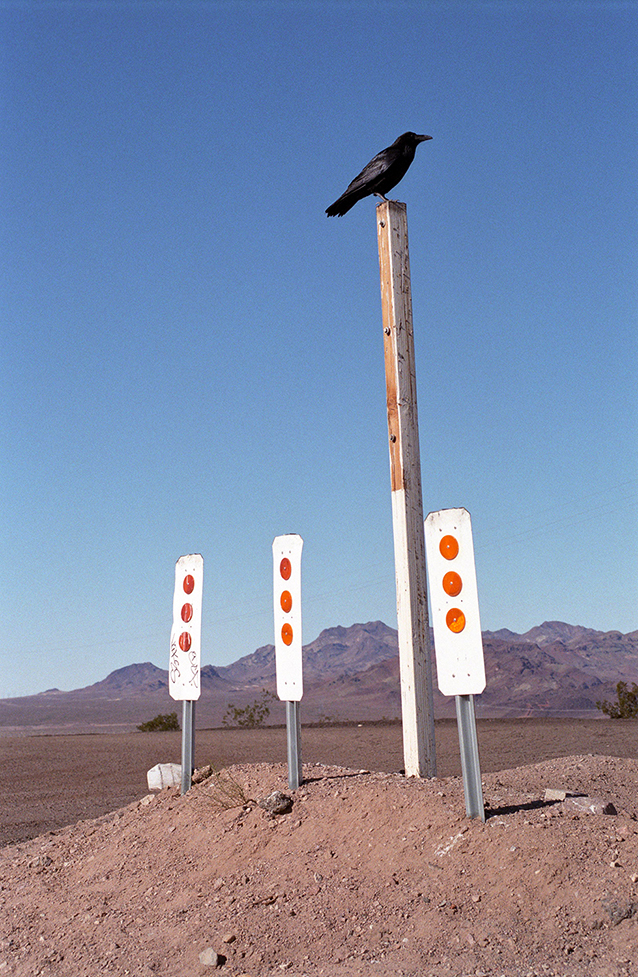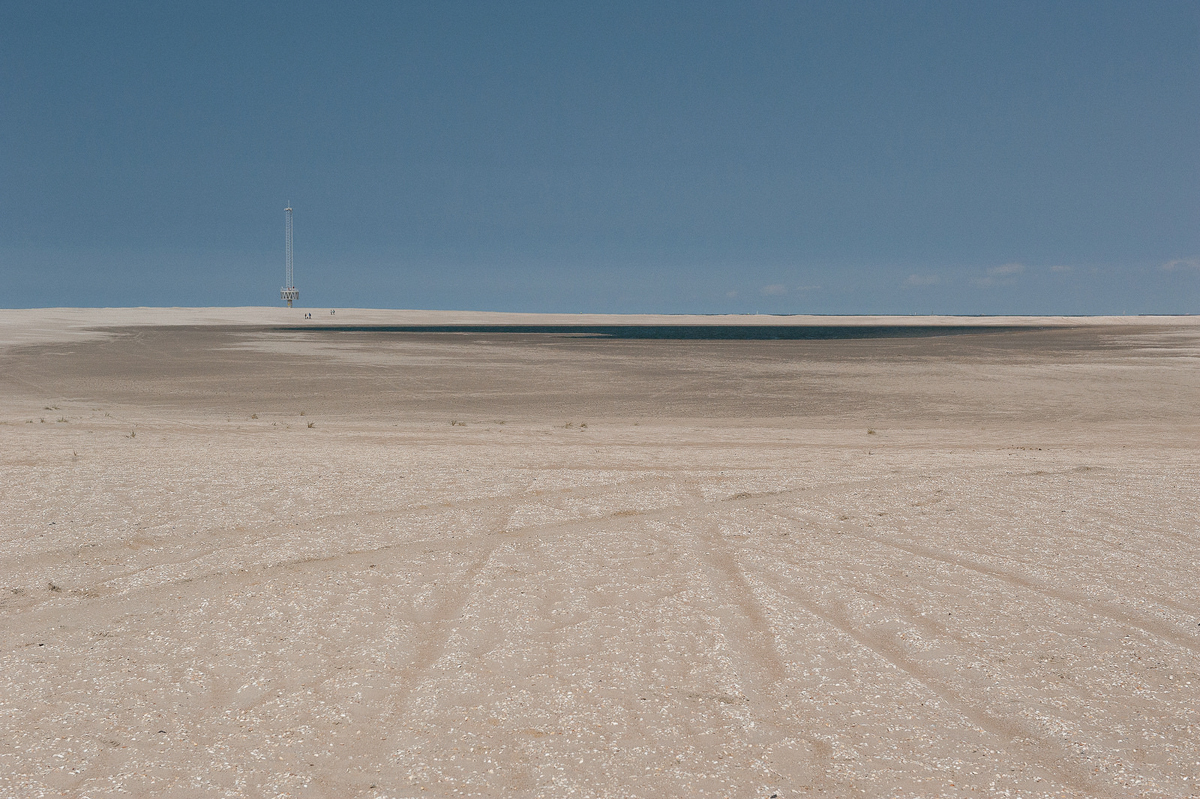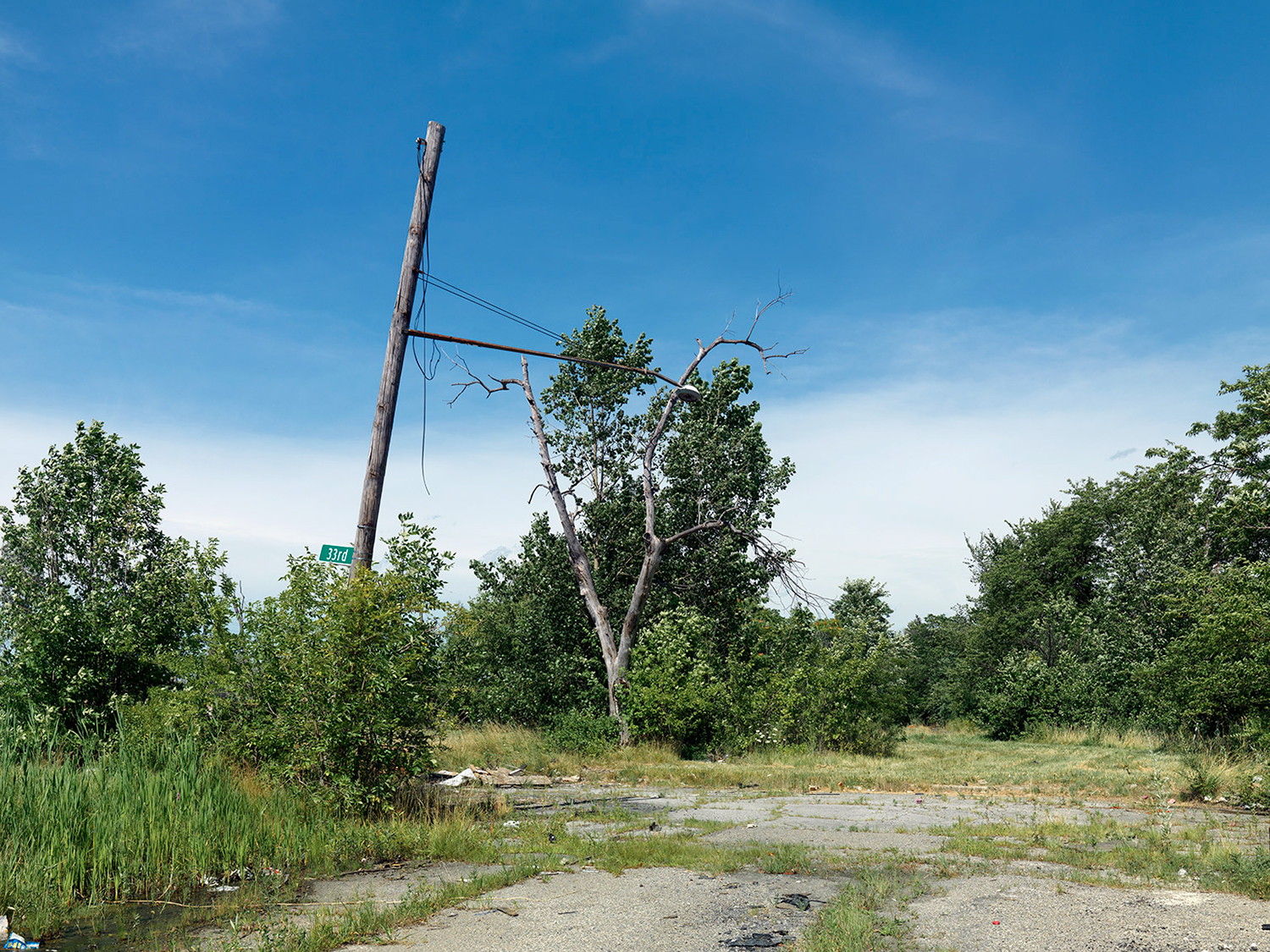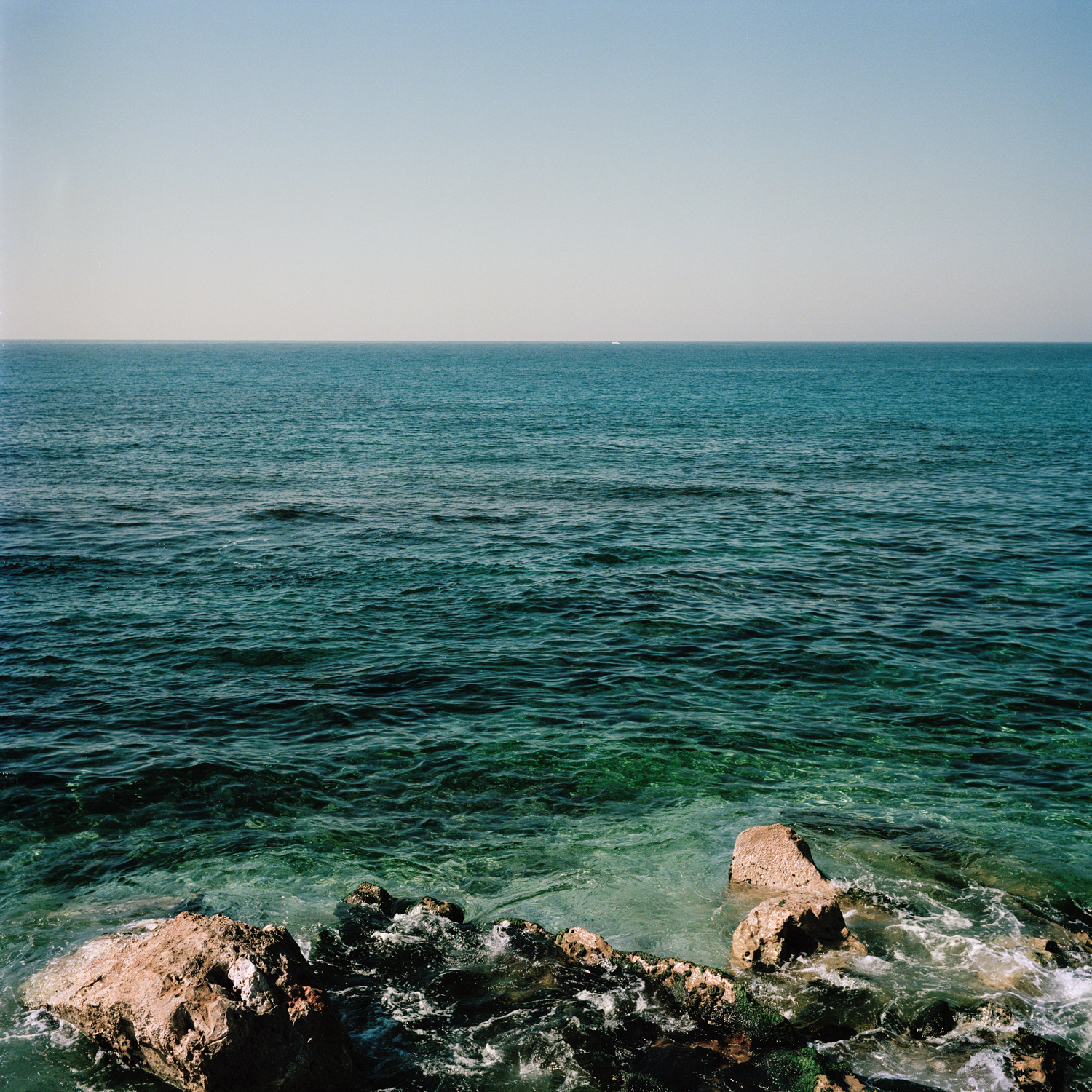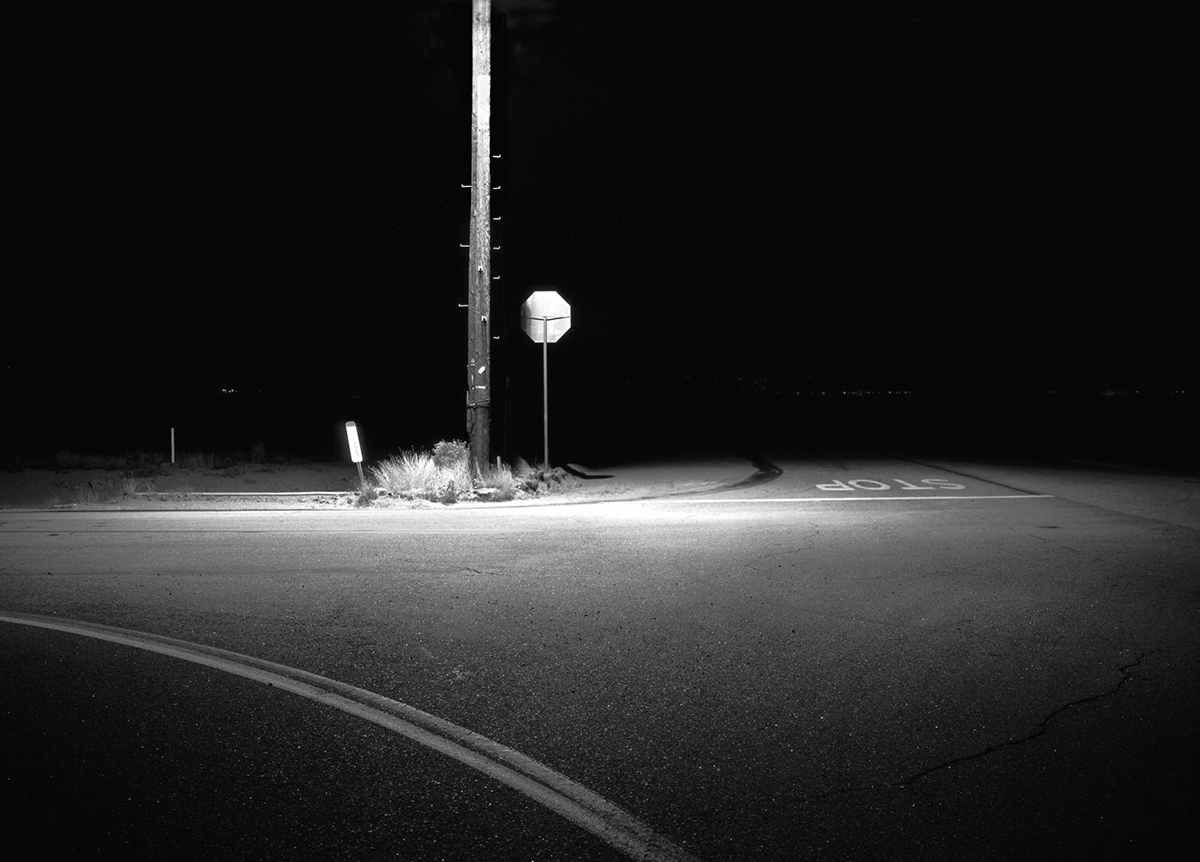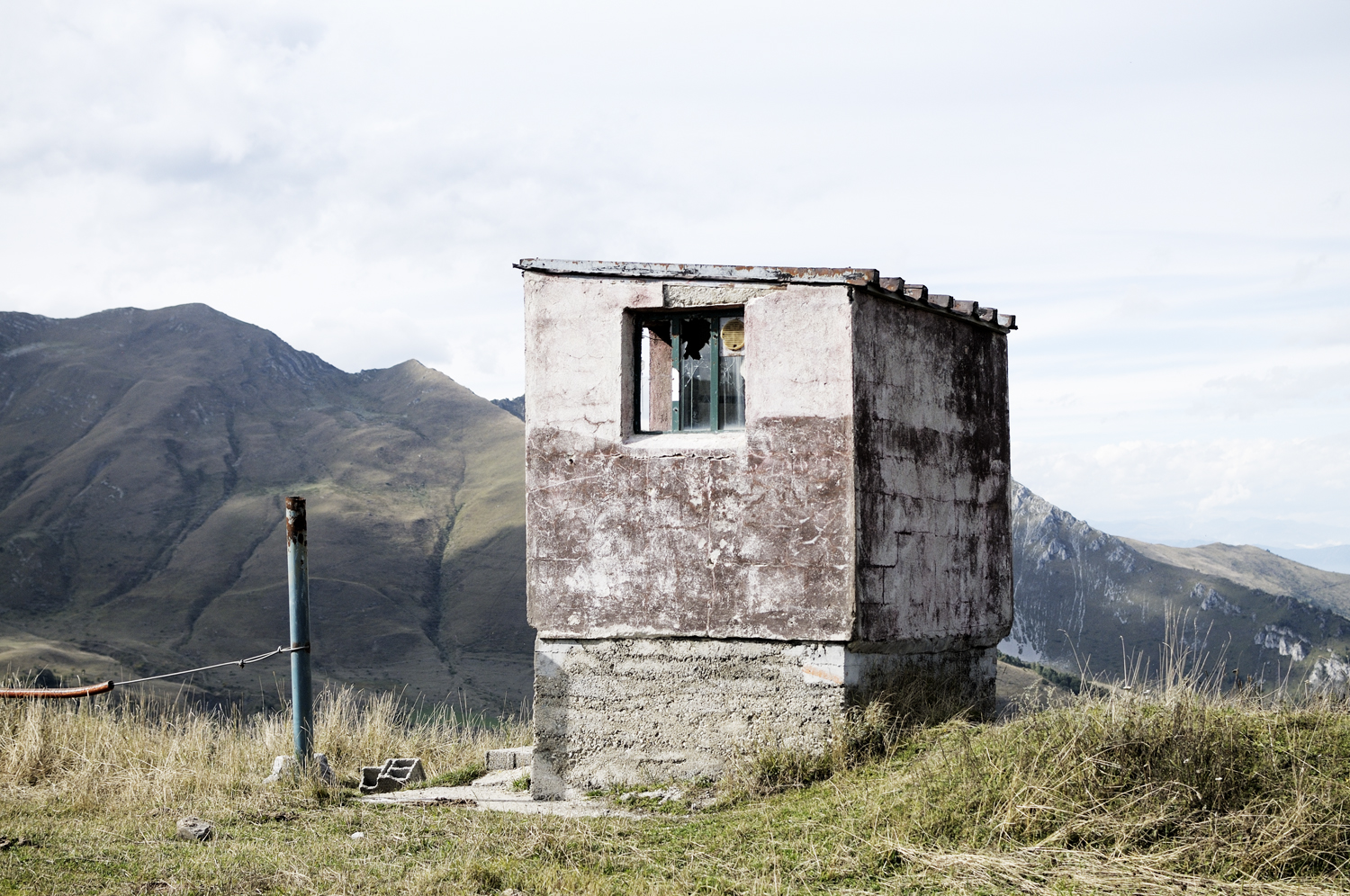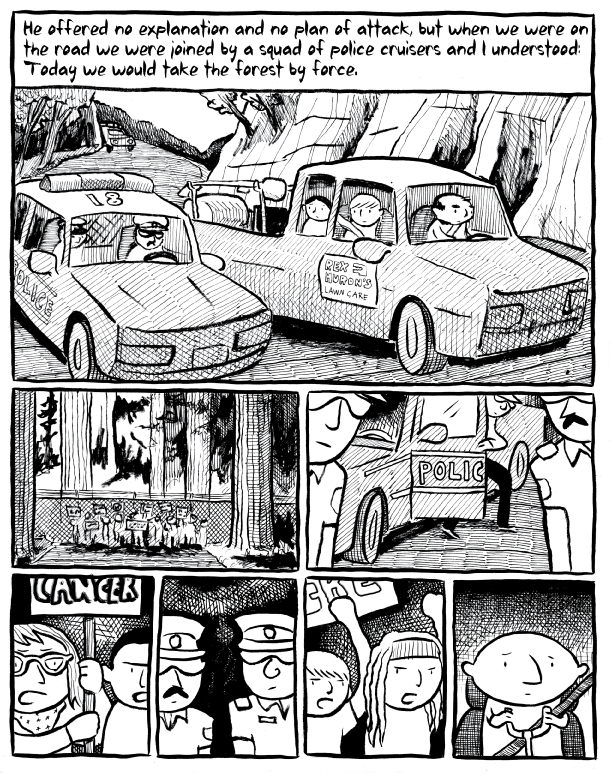Written By: Ryan Nemeth
As a landscape photographer, I have to admit that interpreting and reading the landscape can at times be very challenging. Not only is subjectivity involved in this process, but we are also challenged by the fact that landscape as an archive and readable medium can be tough to decode. One of my aims as a photographer is to learn and to understand how we as humans utilize land as a resource and how we choose to live and shape our lives relative to land we live on. It is important that those that try and interpret and read landscape make themselves aware of some of the limitations and factors which may skew one’ s ability to assess and understand patterns and themes of landscape. Thus, there are common variables associated with landscapes that prevent us from seeing land and man associations, both in truth and objectivity.
First of all, if we think of common landscapes as documents, it is obvious that they are documents written by many different authors. Rarely were all of those authors trying to “say” the same thing, and that is the reason why the “messages” we read from landscapes often seem contradictory. To say that human landscape is a complex document is a cosmic understatement. In any landscape, a variety of readings are not only possible, but also inevitable and even necessary. For those who are seeking final, unambiguous answers about the nature of the human condition, landscape is not the place to look.
Second, the creators of human landscapes do not all receive equal attention from those who try to read it. Some very important landscape makers have been perversely neglected in the traditional literature of landscape reading: women, gay people, poor people, and members of ethnic minorities, to mention but a few. Landscapes that are made by members of the Establishment, by contrast, receive inordinate attention: buildings designed by famous architects or the stately houses of wealthy people. Theoretically, at least, we ought to try to read all landscapes, no matter who was responsible for making them. It is especially important to try to do that when we are trying to gain insight into the lives of ordinary, unlettered people. If we truly believe that landscape is a lens that lets us look into the lives and societies of ordinary folk, scholars must necessarily pay special attention to the landscapes those ordinary people created. That does not always come easily. There are plenty of lordly plantation houses strewn across the South, but very few sharecroppers’ cabins survive. Thus, our view of landscape is skewed, partly because of what we choose to notice, partly because of what is actually there.
Third, to decipher meaning in ordinary landscapes is inherently more difficult than interpreting other kinds of historic documents. Written documents, for example, like diaries, essays, or newspaper stories, commonly are signed by their authors. They are meant to be read. If scholars are in doubt about what those written documents mean, they can ask the author to explain, or they can read what other commentators have written on the subject. But most ordinary human landscapes carry no signature and certainly cannot be attributed to any single person. Nobody can be tagged for the responsibility of making most commonplace landscapes, and there is seldom any identifiable person we can ask about what those landscapes mean.
Fourth, like all physical artifacts, landscape is a selectively incomplete document. Even in the United States, where human landscapes tend to be fairly new by global standards, the older parts have eroded over time, or are gone completely. Although New York City was founded in the early seventeenth century, there are virtually no structures in contemporary New York that predate 1800. Only the street patterns persist, and even some of those have been altered. That is why landscape is sometimes likened to a palimpsest: it is a document, to be sure, but a document that has been partly erased, smudged, and then written over, seemingly by people with illegible handwriting.
The final caveat is basically epistemological, and it relates not to the landscape as object, but to the eyes and minds of those who set out to read it. Because each of us sees a landscape with different eyes, the same landscape can be seen and interpreted in different ways. Some of these interpretations contradict one another, but that should neither surprise us nor disappoint us. When people set about to interpret the world, contradictions are inevitable. Recently we have heard strident claims that there are “right” ways and “wrong” ways to look at landscape. To take but one example, some “new cultural geographers” have contended that there is a “postmodern” way of interpreting landscape that is inherently superior to old-fashioned ways of looking, which are dismissed as “positivistic” or simply “traditional.”
The land remains as a physical, psychological, cultural, biological, scientific, and geological frontier, which begs for our attention. As much as we think we know we about landscape we still have no clue about many complex man and land based interactions. The truth is that contemporary lifestyles are placing tremendous demands and pressures on traditional views of land as a resource. The constraints and progressions of modern life and technology are pushing us to adapt and to learn to utilize and interact with land in different ways. I think that it is important to acknowledge that landscape is most definitely an active and participatory concept that is constantly being reshaped and challenged by human innovation and ideas. Therefore, landscapes are literally and figuratively being constantly deconstructed and reconstructed. Part of the beauty of trying to define and understand landscape is that you cannot fully grasp or hold this concept as it is dynamic and changing. Thus, landscape and its meaning is out there to be wrestled with and I believe that meaning is often inferred and best understood through a holistic approach to discovery that is multi-disciplined. One of the disciplines that provides value and helps to shed light on landscape is the vocation of photography.
Photographs are means for exploring landscape; they are powerful documents as they provide us with concrete evidence of what was. In many cases, landscapes have changed so much and at such a voracious pace that photos, drawings, and other written documents are all that we have as evidence of prior landscapes. The beauty of the digital revolution and the relevant explosion in digital imaging and photography is that we are capturing and documenting space and places like never before. My assessment is that we are in some ways absolving many of the concerns laid out in prior sections of this article. For example, photos and related imaging technology are giving us much more data and information about our environment. Thus, we are able to discover and understand and frame biological and geological changes relative to human behavior in ways that were not possible without the advent of technology. It should be understood that the photograph is a powerful tool in the discovery and understanding of landscape. As a medium for landscape discovery, photographs provide humans with another powerful tool that allows us to learn and adapt to our environment. It is interesting to think about how the photograph itself will help to shape our modern landscape or is already doing so? Social media sites like Pintrest are allowing us to share functional and efficient design through photos. I can’t help but assume that this type of photo media is impacting and shaping our landscape in tremendous ways.
References:
- Wilson, C., Groth, & Paul, E. (2003). Everyday America : Cultural Landscape Studies after J. B. Jackson. Berkeley, CA, USA: University of California Press. ProQuest ebrary. Web. 21 January 2015.

